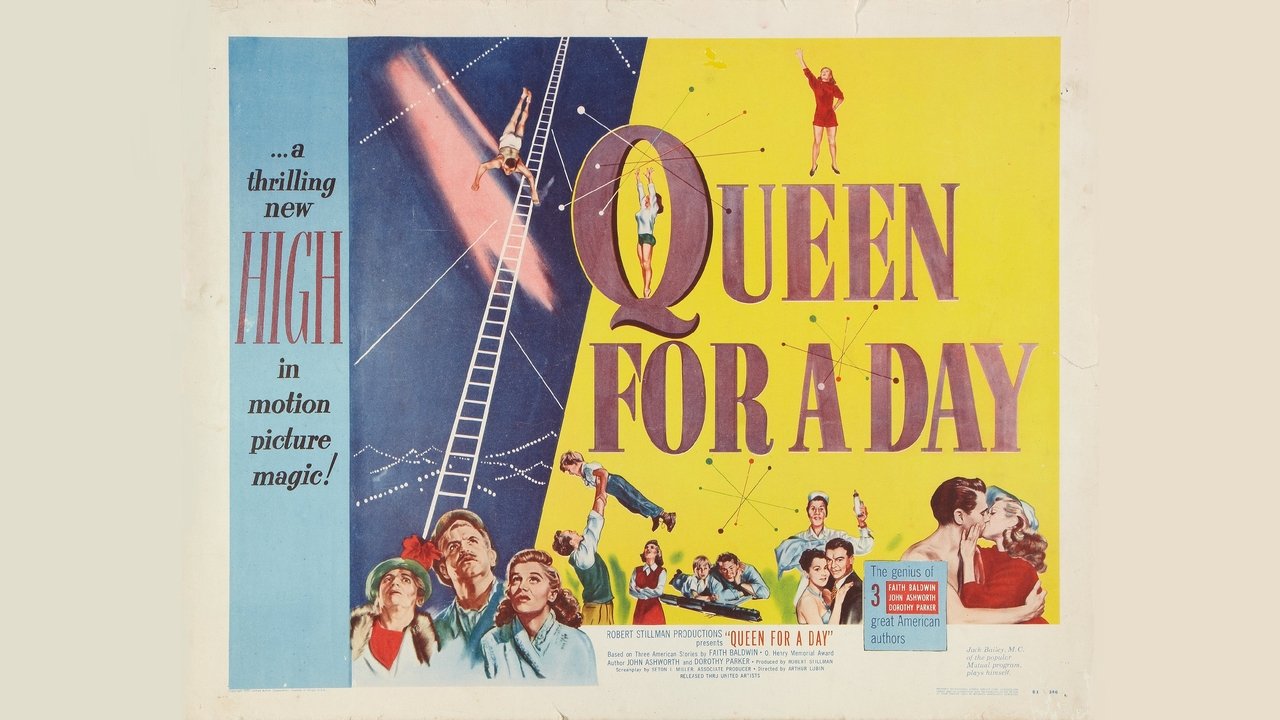
Queen for a Day (1951)
Adapted from the TV and radio series of the same name, the producer of said show reads letters from three woman providing the framing story for this melodrama anthology film. The tales focus on parenting and family struggles.

Adapted from the TV and radio series of the same name, the producer of said show reads letters from three woman providing the framing story for this melodrama anthology film. The tales focus on parenting and family struggles.
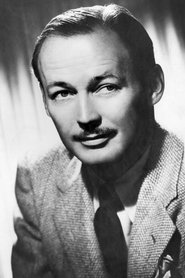 Jack BaileyHost - Self
Jack BaileyHost - Self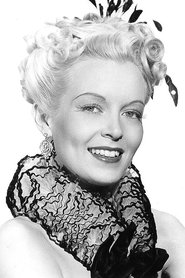 Helen MoweryJan
Helen MoweryJan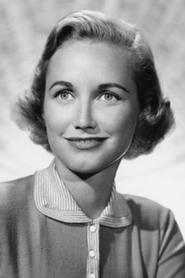 Phyllis AveryMarjorie
Phyllis AveryMarjorie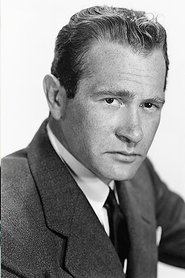 Darren McGavinDan
Darren McGavinDan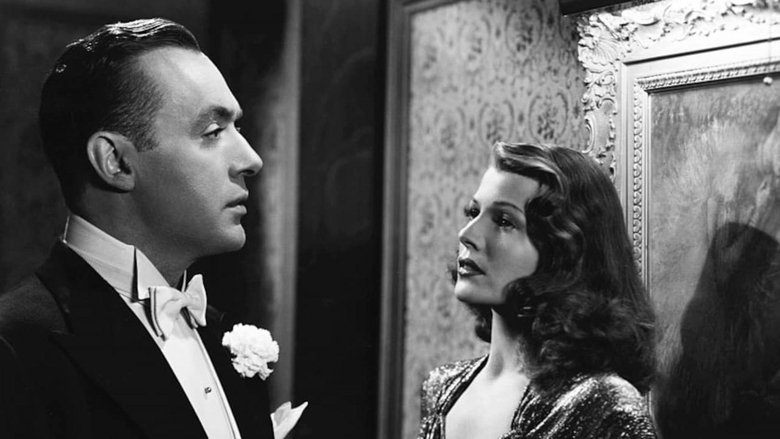
Ten screenwriters collaborated on this series of tales concerning the effect a tailcoat cursed by its tailor has on those who wear it. The video release features a W.C. Fields segment not included in the original theatrical release.
Based on four of the six short stories compiled in Murakami Haruki's anthology, After the Quake explores the complex aftermath of Japan’s earthquakes and other global crises.
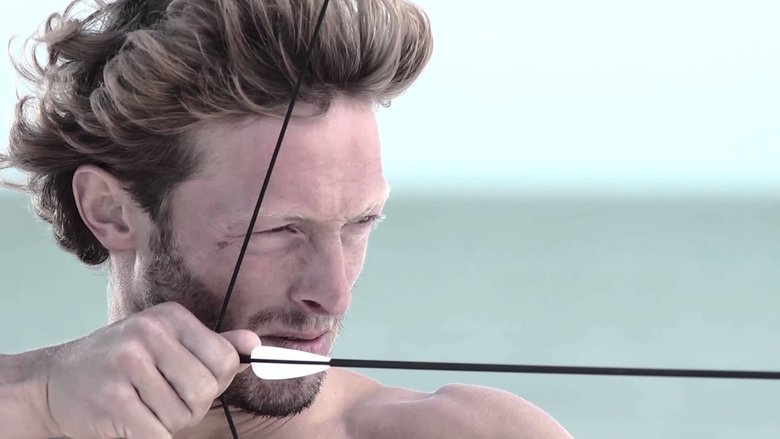
An anthology of one-minute films created by 51 international filmmakers on the theme of the death of cinema. Intended as an ode to 35mm, the film was screened one time only on a purpose-built 20x12 meter public cinema screen in the Port of Tallinn, Estonia, on 22 December 2011. A special projector was constructed for the event which allowed the actual filmstrip to be burnt at the same time as the film was shown.
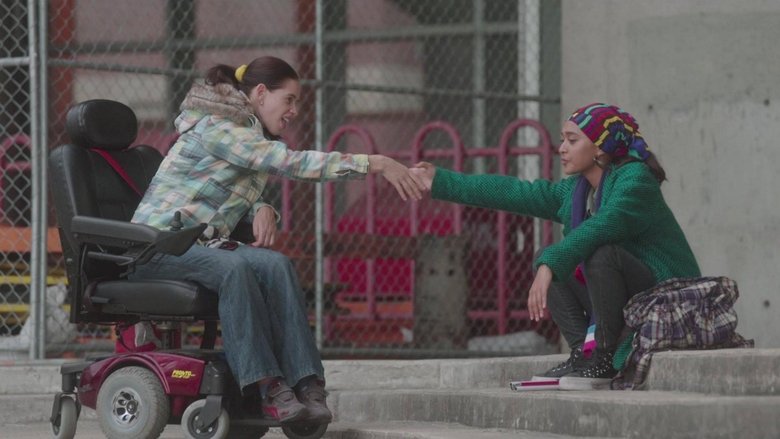
A rebellious young woman with cerebral palsy leaves India to study in New York. On her journey of self-discovery, she unexpectedly falls in love.
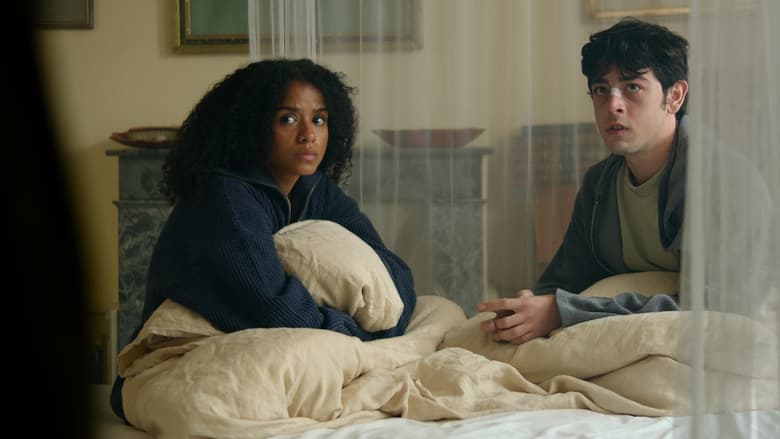
When the mother of two adoptees is tipped off about the possible affair her husband may be having with one of their children, her sense of duty takes a macabre turn.
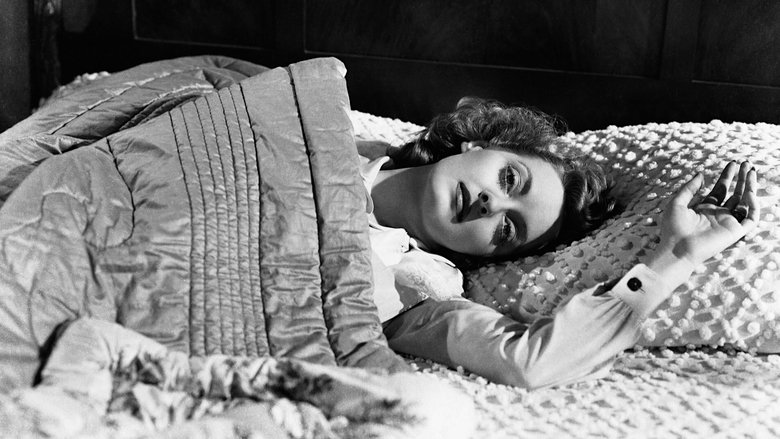
Socialite Judith Traherne lives a lavish but emotionally empty life. Riding horses is one of her few joys, and her stable master is secretly in love with her. Told she has a brain tumor by her doctor, Frederick Steele, Judith becomes distraught. After she decides to have surgery to remove the tumor, Judith realizes she is in love with Dr. Steele, but more troubling medical news may sabotage her new relationship, and her second chance at life.
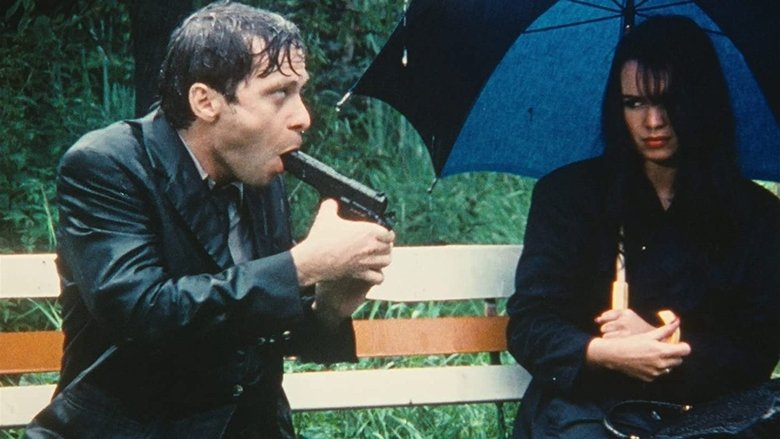
Seven episodes, each taking place on a different day of the week, on the theme of suicide and violent death.
Three stories from the school environment, mostly from the perspective of teachers. In the first story we see an unnecessarily strict teacher, in the middle one a sports career is glossed over, which causes a young teacher to leave his job. In the final story, on the other hand, an experienced high school teacher goes to teach in a rural school to gain inner peace.
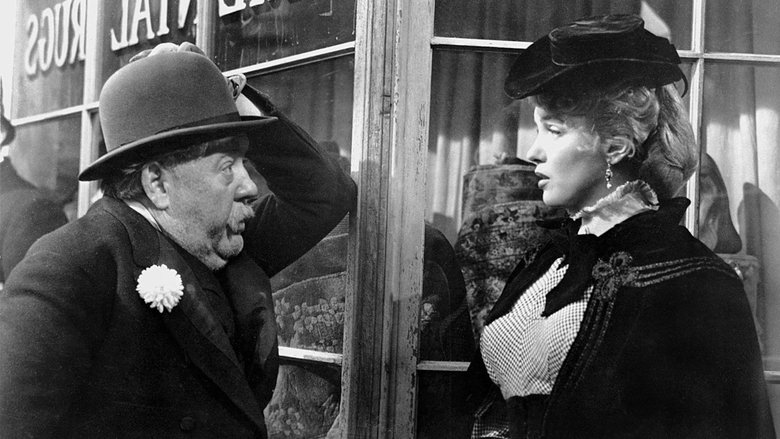
Five O. Henry stories, each separate. The primary one from the critics' acclaim was "The Cop and the Anthem". Soapy tells fellow bum Horace that he is going to get arrested so he can spend the winter in a nice jail cell. He fails. He can't even accost a woman; she turns out to be a streetwalker. The other stories are "The Clarion Call", "The Last Leaf", "The Ransom of Red Chief", and "The Gift of the Magi".
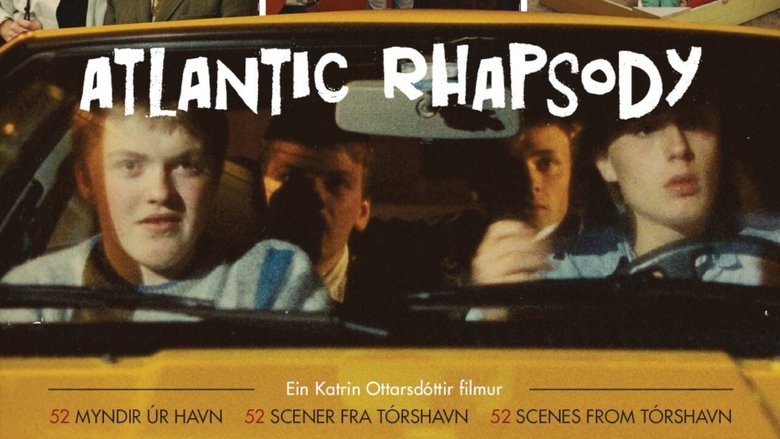
Presents a day in the life of a few inhabitants of Tórshavn in the Faroe Islands: A father and his daughter are having breakfast when the fire-brigade drive by. A woman and her child are looking at the fire and meet a married couple. The couple say hello to a man who is going out with his boat... and so on.
Anthology film in which Hedy Lamarr plays 2 queens during 2 different time periods. Ulmer directed the Genoveffa di Brabante part whereas Allégret was responsible for the empress Josephine section after he left due to artistic differences with Lamarr.
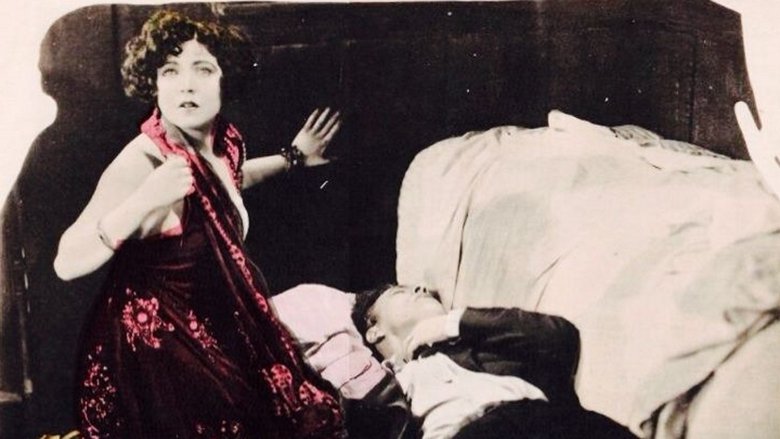
In a mountain village in South America, Dr. McCoy and the padre watch Roger Drake enter a small chapel near a towering bridge, and McCoy recounts the story of Drake's life: As a rising engineer, he marries Janet Stone, the ambitious daughter of a wealthy family, and neglects his career while Janet becomes a candidate for the State Assembly. Drake comes into conflict with her political friends, and when their baby falls from its nursery window, the couple remorsefully decide to separate. Drake, degenerated by drink, goes to South America to construct a bridge; there he is stricken by fever and is redeemed by the love and care of Carita, a dancer. Carita, however, learns of Janet's political defeat and her attempt to effect a reconciliation with Drake; thinking he still loves his wife, she leaps from the bridge. Drake returns each year to the chapel he has erected in her memory. A lost film.
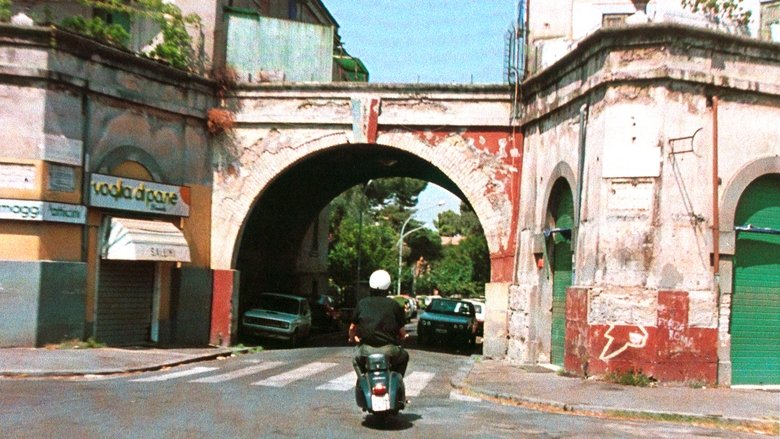
Nanni Moretti recalls in his diary three slice of life stories characterized by a sharply ironic look: in the first one he wanders through a deserted Rome, in the second he visits a reclusive friend on an island, and in the last he has to grapple with an unknown illness.
The film tells about the inhabitants of the Russian city of Tsaritsyn-Stalingrad-Volgograd. The film consists of three novellas, united by the theme of love and the scene - a city on the Volga.
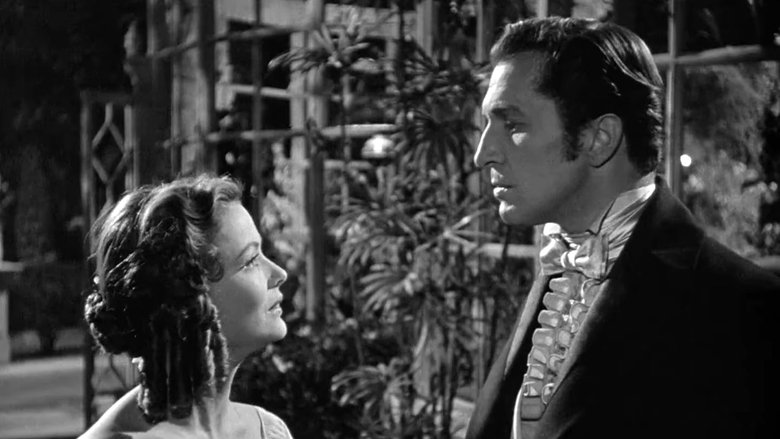
For Miranda Wells, moving to New York to live in Dragonwyck Manor with her rich cousin, Nicholas, seems like a dream. However, the situation gradually becomes nightmarish. She observes Nicholas' troubled relationship with his tenant farmers, as well as with his daughter, to whom Miranda serves as governess. Her relationship with Nicholas intensifies after his wife dies, but his mental imbalance threatens any hope of happiness.
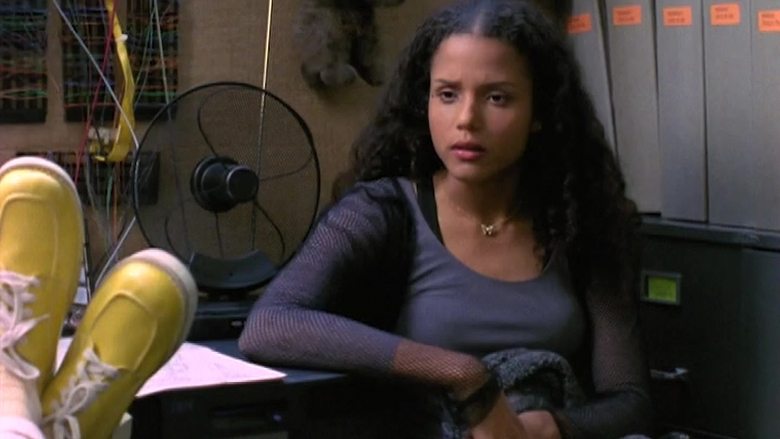
A compendium of three short science-fiction films, each with a decidedly feminist slant.
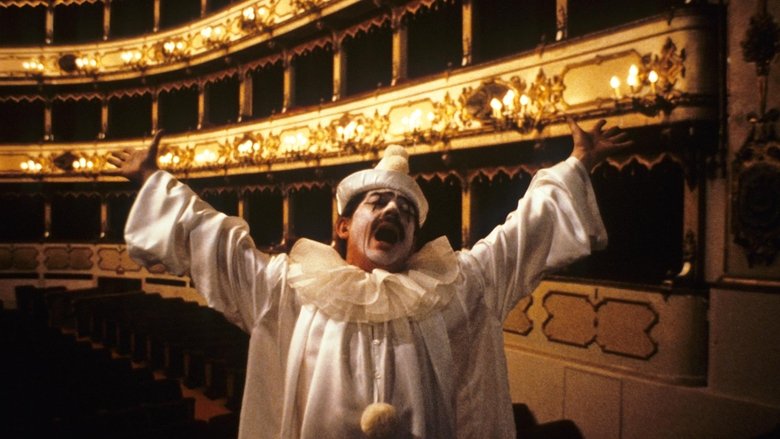
Ten short pieces directed by ten different directors, including Ken Russell, Jean-Luc Godard, Robert Altman, Bruce Beresford, and Nicolas Roeg. Each short uses an aria as soundtrack/sound, and is an interpretation of the particular aria.

A strange mortician tells four horrific tales to three drug dealers that he traps in their local funeral parlor.
Five short stories: The Master and the Twentieth Disciple; Every Week is Sunday; It's Boniface's Fault; The Raggedy Song; The Spider's Web.
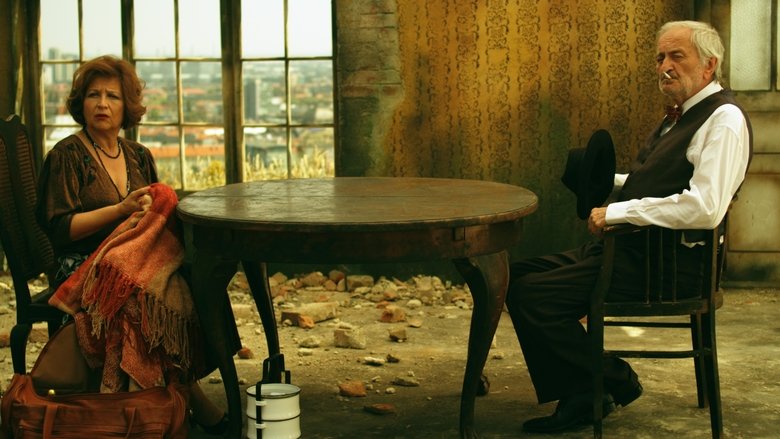
What is “Slovakia”? How to explain the notion of “Slovakia” of the past 20 years to an unknown stranger, a visitor from another planet? What is the genetic makeup or the software for “Slovakia”? How to use it? How does it change? Slovakia 2.0 is a film about twenty years of independent Slovakia as seen from the perspective of ten film directors. It is composed of ten 10-minute films of different genres ranging from drama, through animation and documentaries, to experimental film. The ten recognised film directors who offer an answer to what is Slovakia include a wide range of generations, views and genres, namely Juraj Herz, Martin Šulík, Peter Kerekes, Zuzana Liová, Mišo Suchý, Ondrej Rudavský, Iveta Grófová, Peter Krištúfek, Viera Čákanyová, and Miro Jelok.